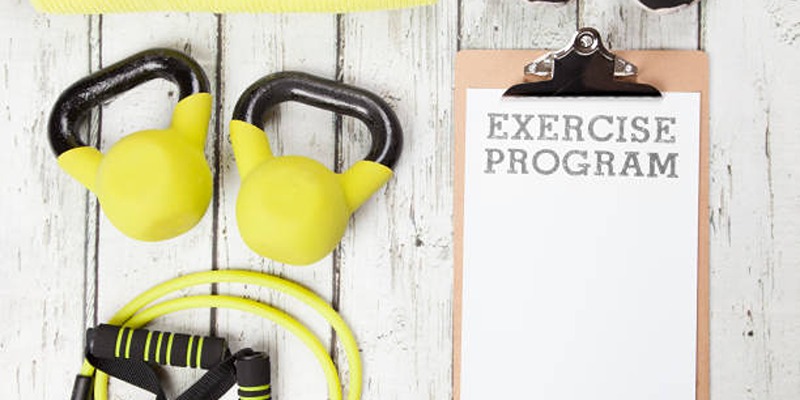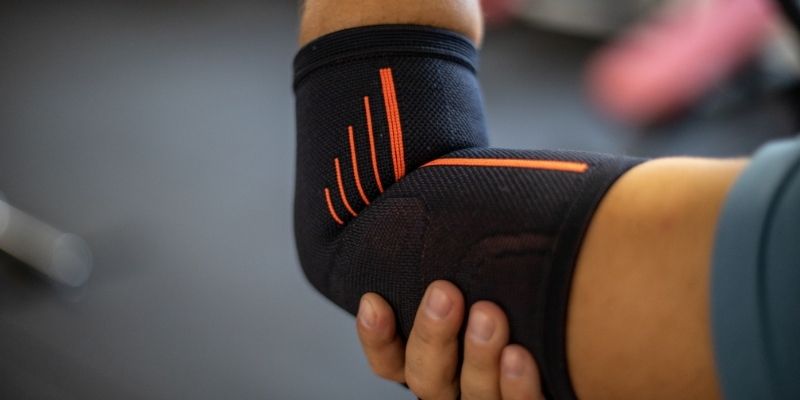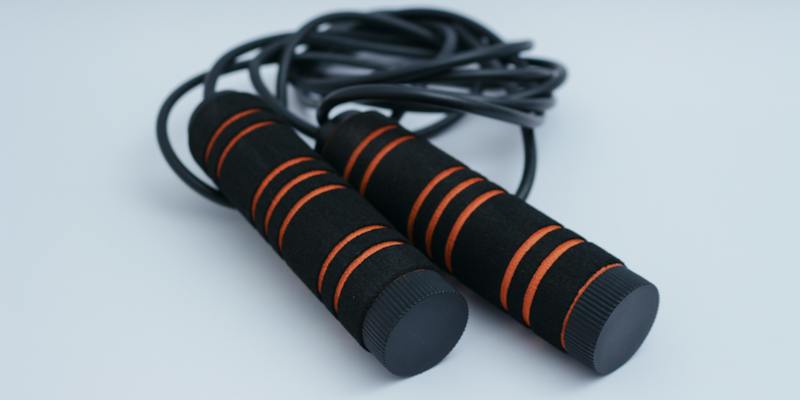The FITT principle—standing for Frequency, Intensity, Time, and Type—is the cornerstone of exercise planning, tailor-made to help you reach your fitness goals, whether you're a beginner or a seasoned athlete. With FITT, you can craft a balanced workout regimen that adjusts to your evolving needs and challenges your body effectively. This holistic approach allows for personalization in every aspect, ensuring your plan remains sustainable, enjoyable, and result-oriented. It helps you avoid plateaus, reduce the risk of injury, and keep the motivation alive as you witness tangible progress. In the following sections, we will break down each component of FITT and guide you through formulating a plan that resonates with your individual aspirations and lifestyle.
Understanding the FITT Principle
The FITT principle is a tried-and-true method used by fitness experts and enthusiasts to create effective and individualized workout routines. Here's what each component represents:
- Frequency: How often you exercise
- Intensity: How hard you work during exercise
- Time: The duration of each exercise session
- Type: The kind of exercise you do
By adjusting these four variables, you can tailor your fitness plan to suit your personal needs, preferences, and objectives. Whether you're looking to build strength, enhance endurance, lose weight, or just maintain overall health, FITT can be your roadmap to success.
How to Apply FITT to Your Routine?

Setting Your Fitness Goals
Before tweaking your workout parameters, it's crucial to have clear goals. Are you aiming to run a marathon, increase muscle mass, or improve flexibility? Your target will dictate how you manipulate the components of FITT.
Frequency: Building Your Schedule
The frequency of your workouts often depends on your goal and fitness level. A good starting point for general health is aiming for at least 150 minutes of moderate aerobic activity or 75 minutes of vigorous activity per week, as per the American Heart Association guidelines.
For weight loss, you might increase frequency to daily cardio with strength training added 2-3 times a week. In contrast, muscle building typically requires fewer days with more recovery time to allow for muscle repair and growth.
Intensity: Pushing Your Limits
Next, consider intensity. Are you working out at a sustainable pace, or are you pushing towards high-intensity intervals? For endurance, steady-state cardio at a moderate intensity may be key. For fat loss or performance improvements, high-intensity interval training (HIIT) might be more effective.
Tools such as heart rate monitors or apps can help track your intensity through metrics like heart rate zones, ensuring you're training at the right level of effort for your goals.
Time: Allocating Your Minutes
Time, or how long your workouts last, should align with your goals and the intensity you've chosen. Shorter, more intense sessions are beneficial for time-crunched individuals or those focusing on HIIT, while longer sessions at a lower intensity fit well for endurance training.
Type: Choosing Your Activities
Lastly, the type of exercise should reflect your objectives and personal preferences. Want to improve cardiovascular health? Options include running, cycling, or swimming. For strength, consider weightlifting, resistance band exercises, or bodyweight workouts. Flexibility or balance goals? Yoga or Pilates might be your best bet.
FITT in Action: Sample Plans
Here's how you might structure your workout plan for two different goals using the FITT principle:
For Weight Loss:
- Frequency: Cardiovascular exercises 5-6 times per week, strength training 3 times per week
- Intensity: Mix of moderate to vigorous intensities, including intervals
- Time: 30-60 minutes for cardio; 20-45 minutes for strength
- Type: Running, cycling, HIIT for cardio; full-body resistance training for strength
For Increased Strength:
- Frequency: 3-4 days of focused strength training, with rest days in between
- Intensity: High intensity, focusing on heavy lifting and progressive overload
- Time: 45-60 minutes per session
- Type: Compound lifts (squats, deadlifts, presses) and accessory exercises for muscle groups
Adjusting FITT over Time

As your fitness level improves, you can adjust the components of FITT to continue challenging your body and achieving progress. For example, as you adapt to a certain frequency or type of exercise, you may need to increase intensity or time to see continued results.
Moreover, FITT allows for flexibility in case of changing goals, injuries, or other circumstances. You can use it to personalize your workout plan consistently, ensuring you stay on track towards optimal health and fitness. With FITT, the possibilities are endless - so don't be afraid to experiment and find what works best for you! Fitness is a journey, and by harnessing the power of FITT, you can make it an enjoyable and rewarding one.
Modifications and Progress Tracking
FITT is not a one-size-fits-all approach, and it's essential to listen to your body and make changes as needed. Whether you need to decrease frequency due to injury or increase time based on progress, being in tune with your body will help you optimize your workout plan.
To stay accountable and track progress, consider keeping a fitness journal or using apps that allow you to log your workouts and monitor progress over time. This can help you celebrate accomplishments and identify areas for improvement. Remember, fitness is not just about physical change, but also mental growth and self-awareness.
Conclusion
The FITT principle is a versatile and effective tool for designing your own personalized workout plan. By understanding the components of FITT and how to adjust them based on your goals, you can create a routine that caters to your individual needs and helps you achieve optimal health and fitness. Remember to always listen to your body, track progress, and make modifications as needed - making fitness a lifelong journey towards self-improvement. Keep pushing yourself and enjoy the rewards of a consistent, well-rounded fitness routine! So, start applying FITT to your workouts today and see the positive changes it can bring to your body and mind. There's no better time than now to prioritize your health and well-being.







